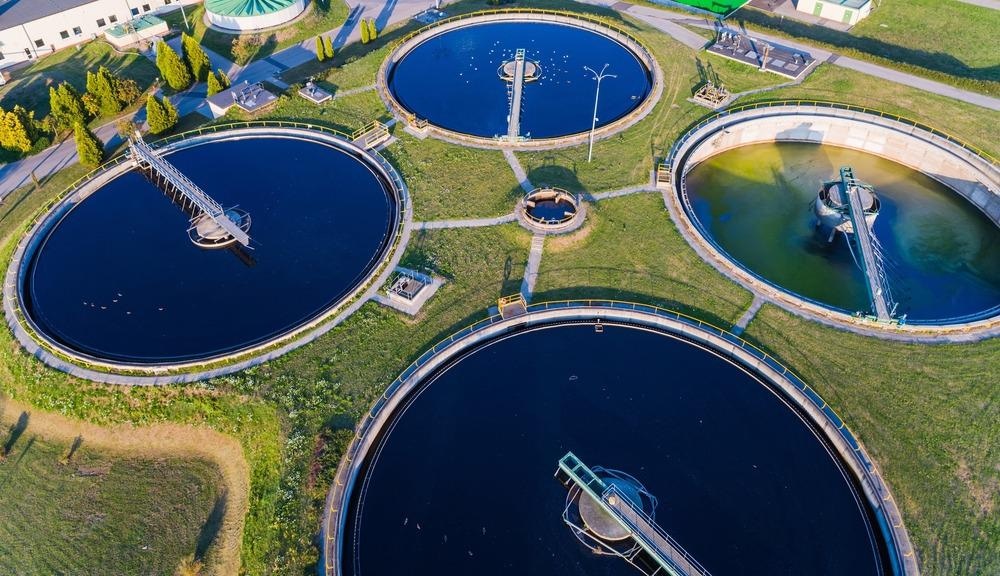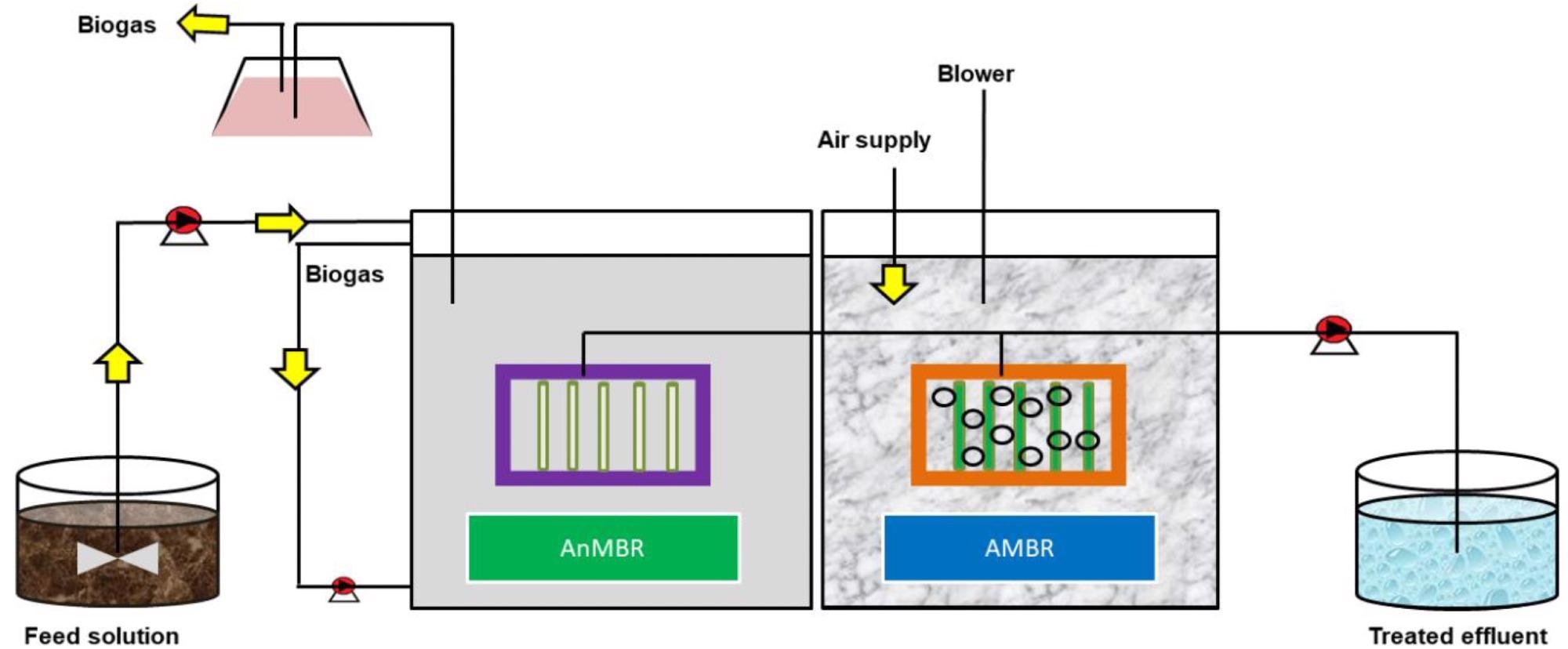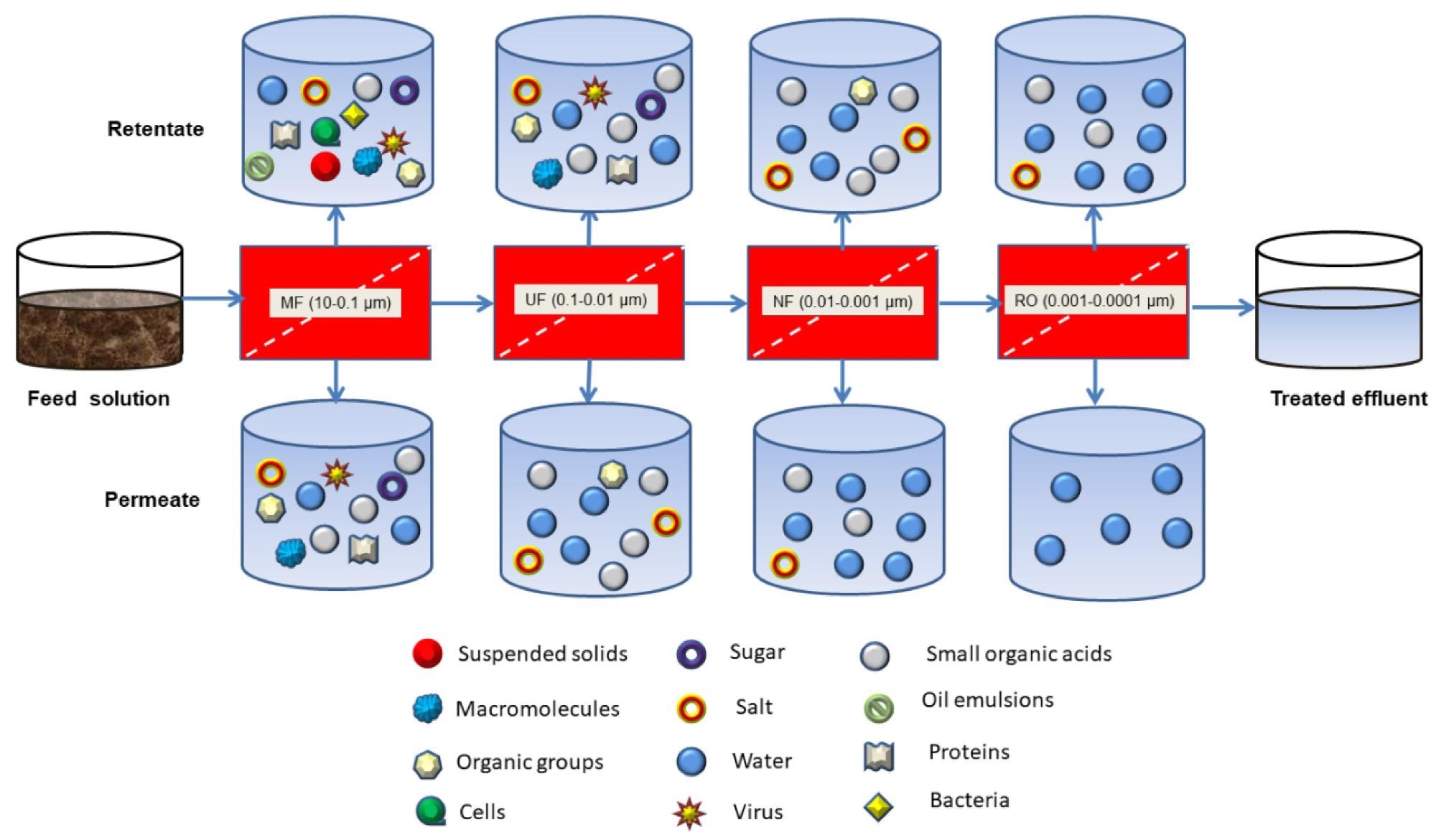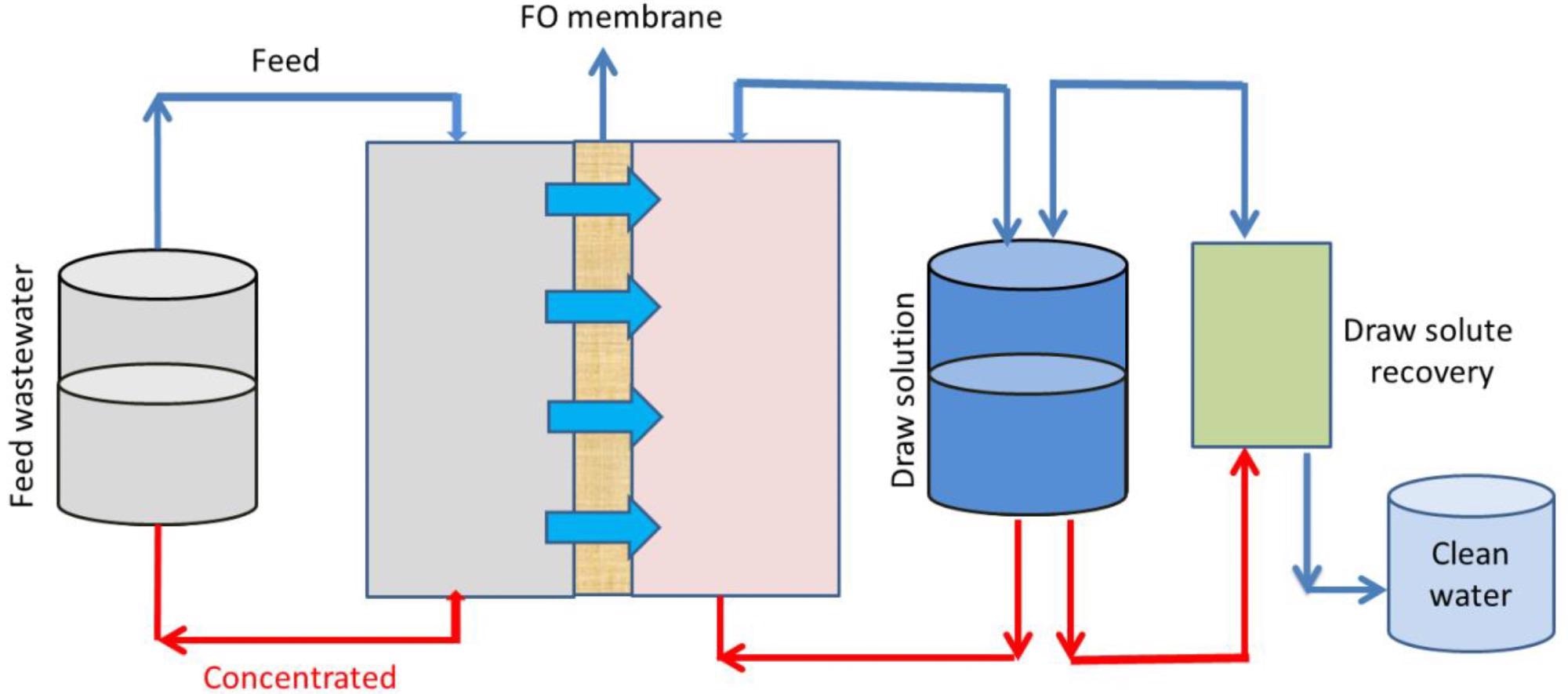The function of available membrane filtration used for food wastewater treatment, as well as an analysis of their effectiveness, has been discussed in a review published in the journal Water.

Study: Sustainable Treatment of Food Industry Wastewater Using Membrane Technology: A Short Review. Image Credit: Daniel Jedzura/Shutterstock.com
Electrospun nanofiber membrane technology is identified as a growing membrane science and technology field creating materials with increasing effectiveness and performance in wastewater treatment.
Water Scarcity Nowadays
Water scarcity has become a global issue due to increasing populations and urbanization. According to published figures, manufacturing companies consume 4 trillion cubic meters of water each year, whereas clean water for daily human consumption is projected to be around 0.01 trillion cubic meters.
There is an urgent need to identify new clean water supplies from many sectors such as rainwater, saltwater, and wastewater. A significant proportion of industrial effluent is released directly into the natural surroundings, causing severe consequences for human health and the environment.

Traditional Technology and Its Drawbacks
The hospitality industry, together with textiles and other sectors, has been identified as a major water consumer and generator of wastewater.
Physical-chemical systems (coagulation, membrane processes, evaporation, centrifuge, and gravity concentration), absorption, Fenton oxidation, ozone, microalgae farming, built wetlands, and UV disinfection have all been used to treat food industry waste. However, these techniques revealed a number of environmental issues, as well as high operating costs and availability.
Nanofiber Membrane by Electrospinning
Meanwhile, the scientific community has acknowledged how the manufacturing tuning technique has played a critical role in enhancing the capacity of membrane technologies. Electrospinning is a versatile technology for creating nanofiber membranes with dimensions smaller than 100 nm.
Electrospun membranes, also known as nanofiber membranes, have significant potential in water treatment applications due to their exceptional characteristics such as large surface area, mechanical robustness, small holes, porosity, and lightweight.
Despite efficiently eliminating hazardous colors from aqueous effluent, electrospun nanofiber membranes are infrequently used for processing foods industry wastewater effluents, which is unexpected given that real food industrial effluent has a high concentration of the same chemicals.
Methylene blue (MB), in particular, is a common cationic azo dye that is utilized in the textile, paper, leather, cosmetics, plastics, and rubber sectors.

Typical representation of pressure-driven membrane process. Image Credit: Pervez, M., et al.
Methlyne Blue Removal
MB is a color pollution that causes eye burns in humans and animals, which can lead to irreparable eye damage. After inhaling MB, those with lung difficulties may have severe palpitations or wheezing, and if taken orally, it can produce high fever, nausea, vomiting, excessive perspiration, and mental disorientation.
Adsorptive removal of MB using an electrospun nanofiber membrane has received attention. The procedure by which particles are moved from one liquid bulk to another on a solid substrate is referred to as absorption.
The prototype of metal-doped electrospun nanofiber membranes can now be recognized as a comprehensive catalyst for the sustainable development of nanofiber-based heterogeneous catalysts toward certain MB degradation.
The degrading process of MB was carried out within a relatively short period (50 min) and displayed good reusability capability up to 5 cycles, with both the composite doped membrane demonstrating excellent mechanical strength.
Challenges in Electrospinning Technologies
Developing a practical electrospinning process capable of mass-producing homogenous nanofiber membranes remains a serious challenge.
Several scaled-up innovations have been presented in this area in recent years. Some used a roll-to-roll scale-up subsequent functionalization technique to create a continual antimicrobial electrospinning nanofibers membrane.
The ability to expand the process and the technological challenges that have been studied so far demonstrate that free-surface techniques have a lot of volume scaling potential.
Centrifugal electrospinning has been proven to produce nanofibers with diameters as tiny as 100 nanometers. Co-axial and multi-axial methods, on the other hand, can provide higher material and handling flexibility, resulting in nanofibers with more diversified capabilities.
When multi-needle techniques are integrated suitably to deal with multi-jet instability, these technologies also enable scale-up manufacturing.

Forward osmosis (FO) process treatment. Image Credit: Pervez, M., et al.
Usage of the New Finding
The relatively high surface hydrophobicity of the electrospun nanofiber membranes makes them ideal for membrane distillation, with applications in food processing, wastewater treatment, pharmaceutical producta, the medical sector, and therapeutic interventions.
Future Research on Electrospun Nanofiber Membrane
Despite numerous attempts, the most challenging component of employing membrane technology is fouling control, which must be addressed by adopting creative solutions.
Importantly, we have demonstrated that up-scaling electrospun nanofiber membrane manufacturing for treating food sector wastewater effluent should be examined immediately because of the possible benefits compared to existing used technological methods.
Continue reading: https://www.azonano.com/article.aspx?ArticleID=5818.
References
Pervez, M., et al. (2021) Sustainable Treatment of Food Industry Wastewater Using Membrane Technology: A Short Review. Water 2021, 13(23). Published: 5 December 2021. Available at: https://www.mdpi.com/2073-4441/13/23/3450
Disclaimer: The views expressed here are those of the author expressed in their private capacity and do not necessarily represent the views of AZoM.com Limited T/A AZoNetwork the owner and operator of this website. This disclaimer forms part of the Terms and conditions of use of this website.